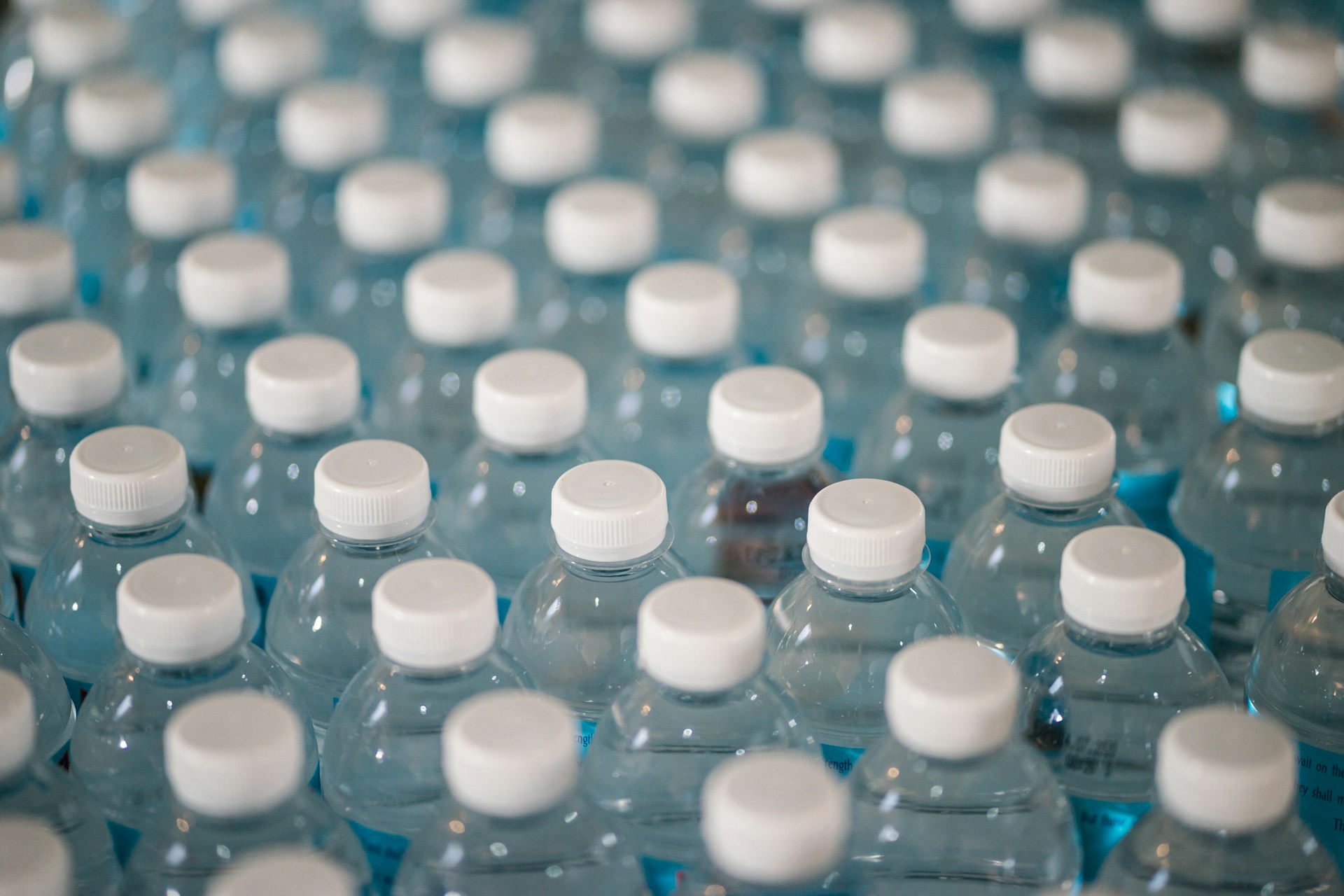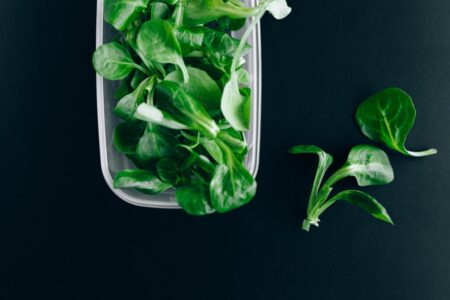
What Is Sustainable Plastic?
In a world increasingly focused on environmental sustainability, the conversation around plastic has often been one of criticism and concern. Yet, amidst the scrutiny, there’s an emerging narrative that challenges traditional perceptions.
Contrary to popular belief, plastic can indeed be sustainable, and understanding its role in environmental conservation is vital. Let’s delve into the realm of sustainable plastic and how it contributes to a greener future.
The Paradigm Shift: Plastic as Sustainable
Plastic, often vilified for its perceived harm to the environment, possesses inherent qualities that can make it a sustainable material when managed effectively. Its versatility, durability, and low production costs make it indispensable in various industries, from packaging to healthcare.
Additionally, advancements in recycling technologies have paved the way for a circular economy, where plastic waste is minimized through reuse and recycling.
Redefining Sustainability: Plastic’s Contribution
Plastic’s sustainability lies in its ability to reduce resource consumption and carbon emissions when compared to alternative materials.
Lightweight plastics play a crucial role in transportation, reducing fuel consumption and greenhouse gas emissions. Moreover, plastic packaging extends the shelf life of food, minimizing food waste—a significant contributor to environmental degradation.
Understanding Sustainable Plastic
Sustainable plastic refers to materials designed for durability, recyclability, and minimal environmental impact throughout their lifecycle. These plastics are often made from renewable sources such as biomass or recycled materials, reducing dependence on fossil fuels and mitigating pollution.
Encouraging Sustainable Plastic Use
Promoting sustainable plastic usage requires a multi-faceted approach. Consumers can opt for products made from recycled or biodegradable plastics, supporting companies committed to environmental stewardship.
Additionally, raising awareness about proper plastic disposal and recycling empowers individuals to contribute to a circular economy.
The Path Forward: Embracing Sustainability
Embracing sustainable plastic entails a collective effort from businesses, governments, and consumers. Companies can adopt eco-friendly packaging solutions and invest in research to develop innovative materials with minimal environmental impact.
Governments can implement policies to incentivize sustainable practices and regulate plastic production and disposal.
Conclusion: Embracing Plastic’s Potential for Sustainability
In reimagining our relationship with plastic, we unveil its potential to be a sustainable solution rather than a problem. By prioritizing responsible consumption, recycling, and innovation, we can harness the benefits of plastic while mitigating its environmental footprint.
As we navigate towards a greener future, let us embrace the transformative power of sustainable plastic in shaping a more sustainable world for generations to come.










